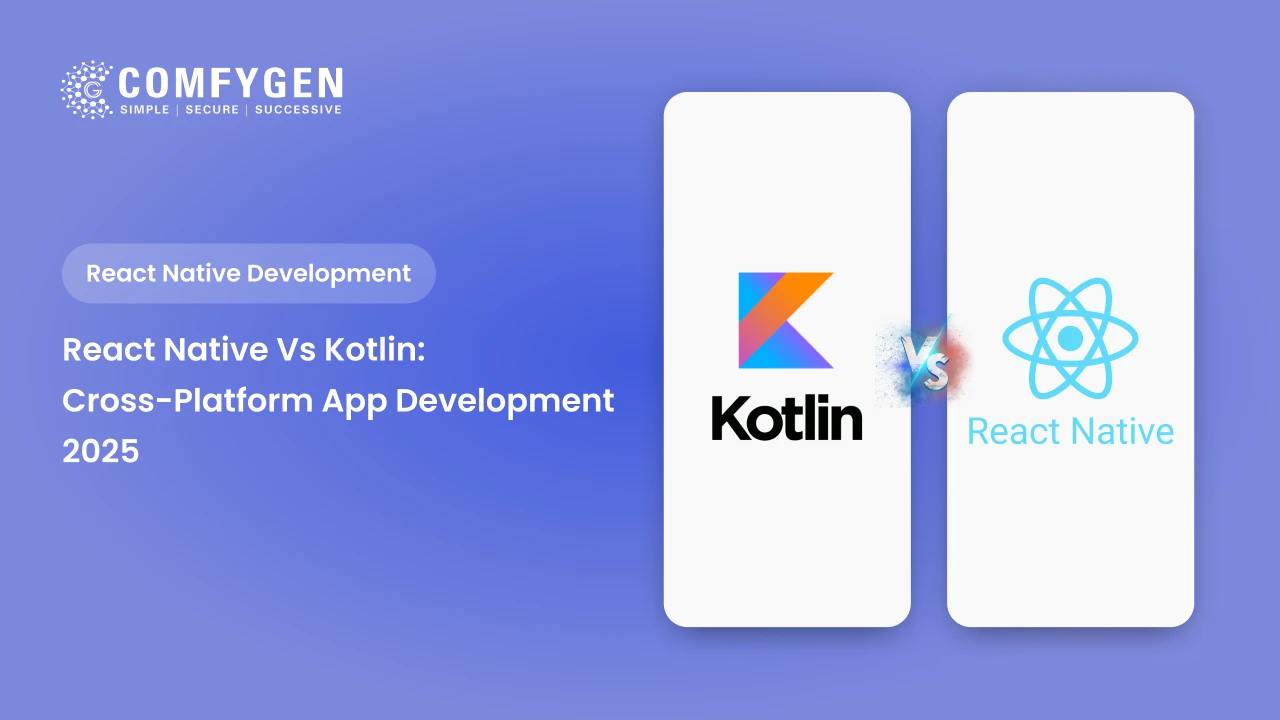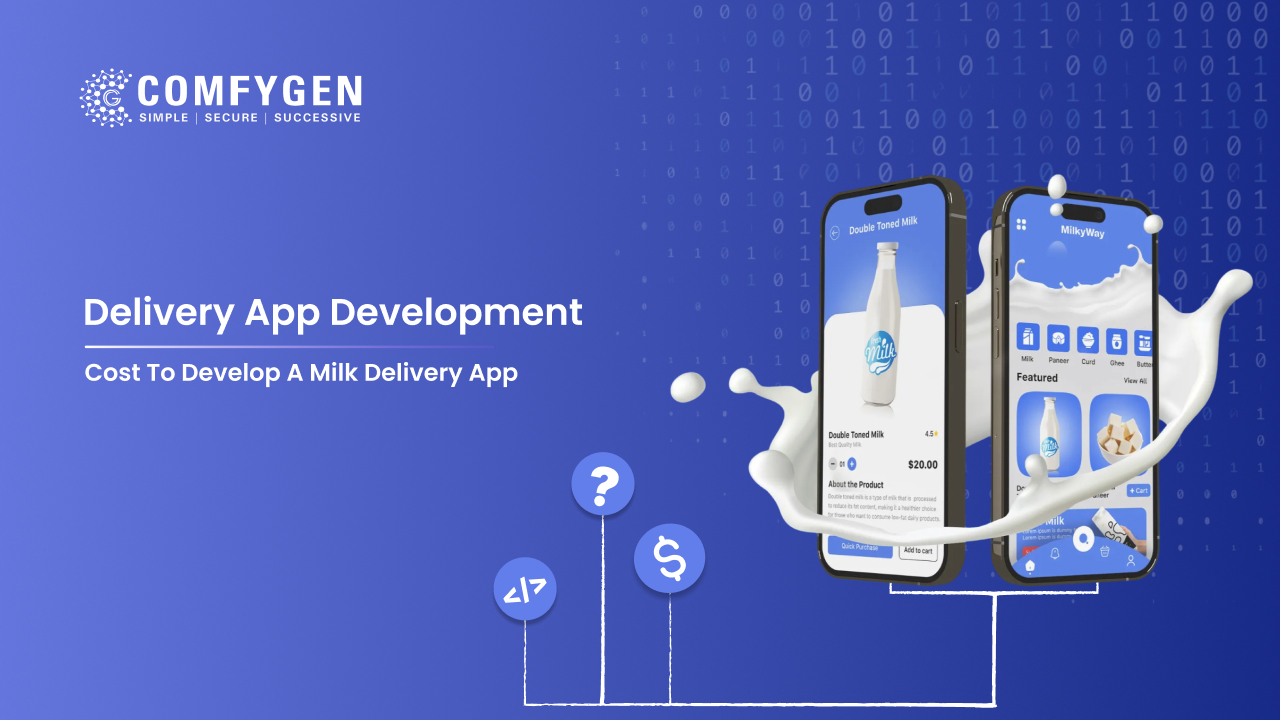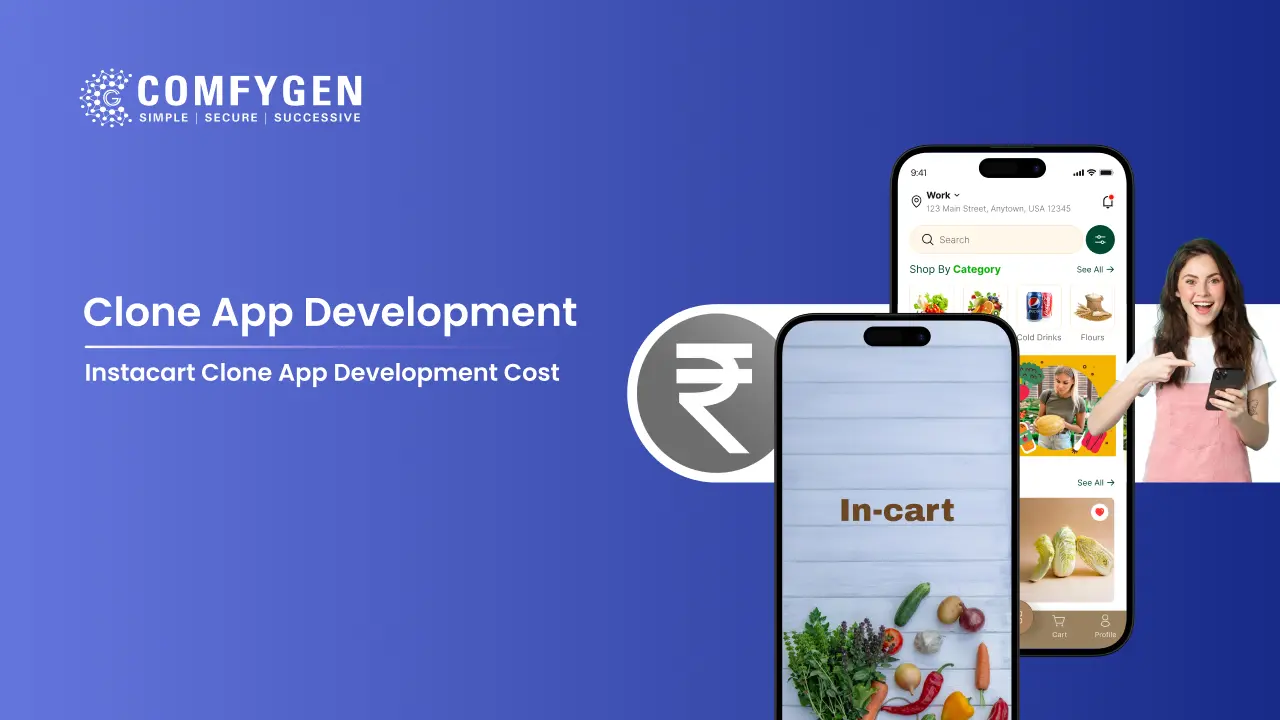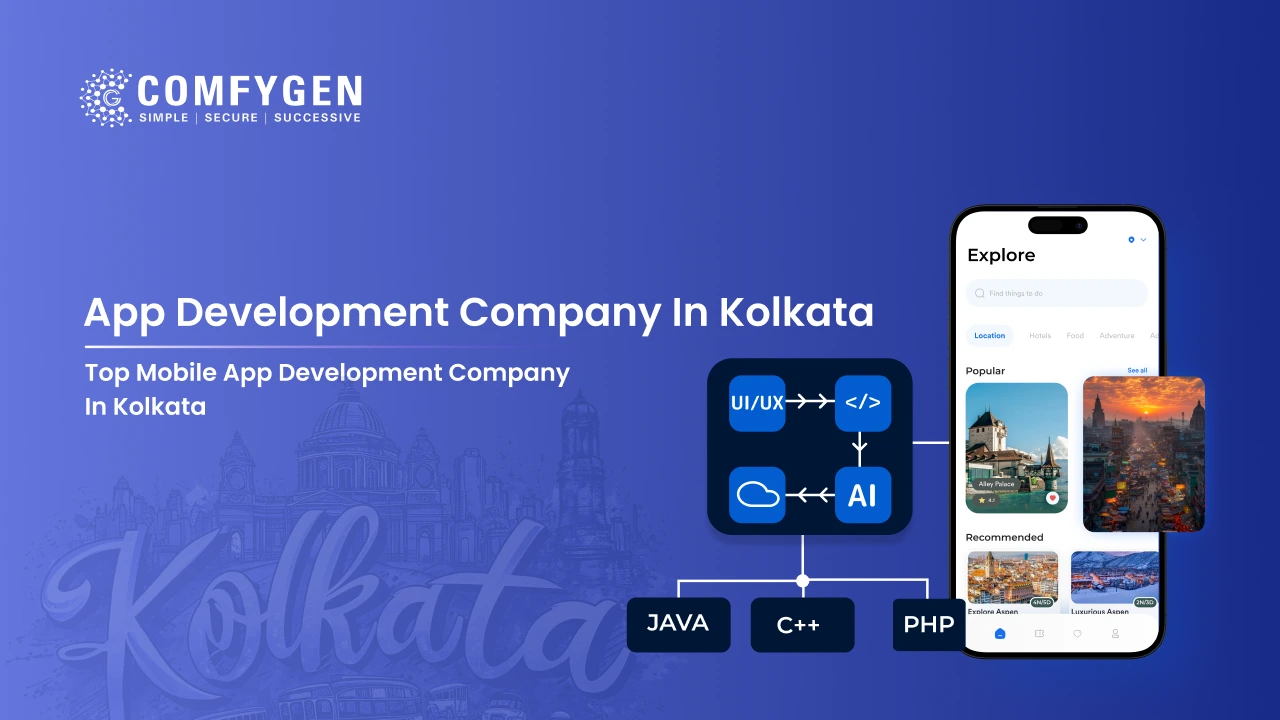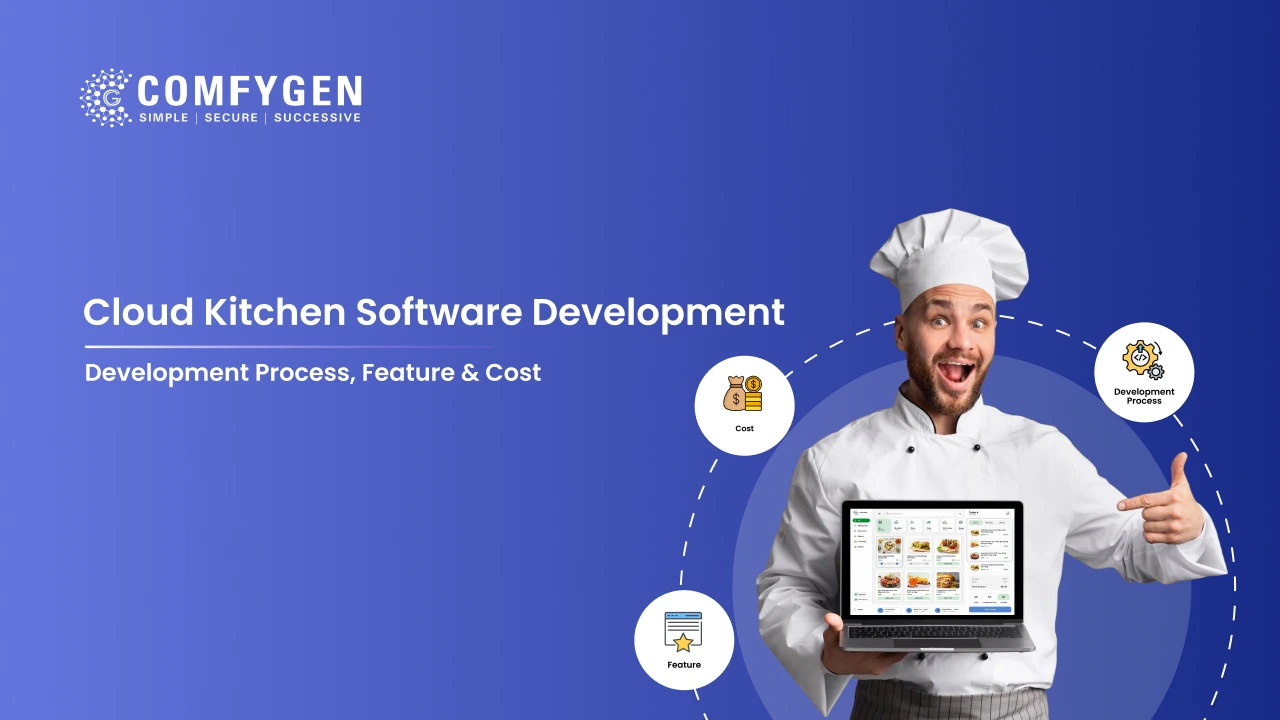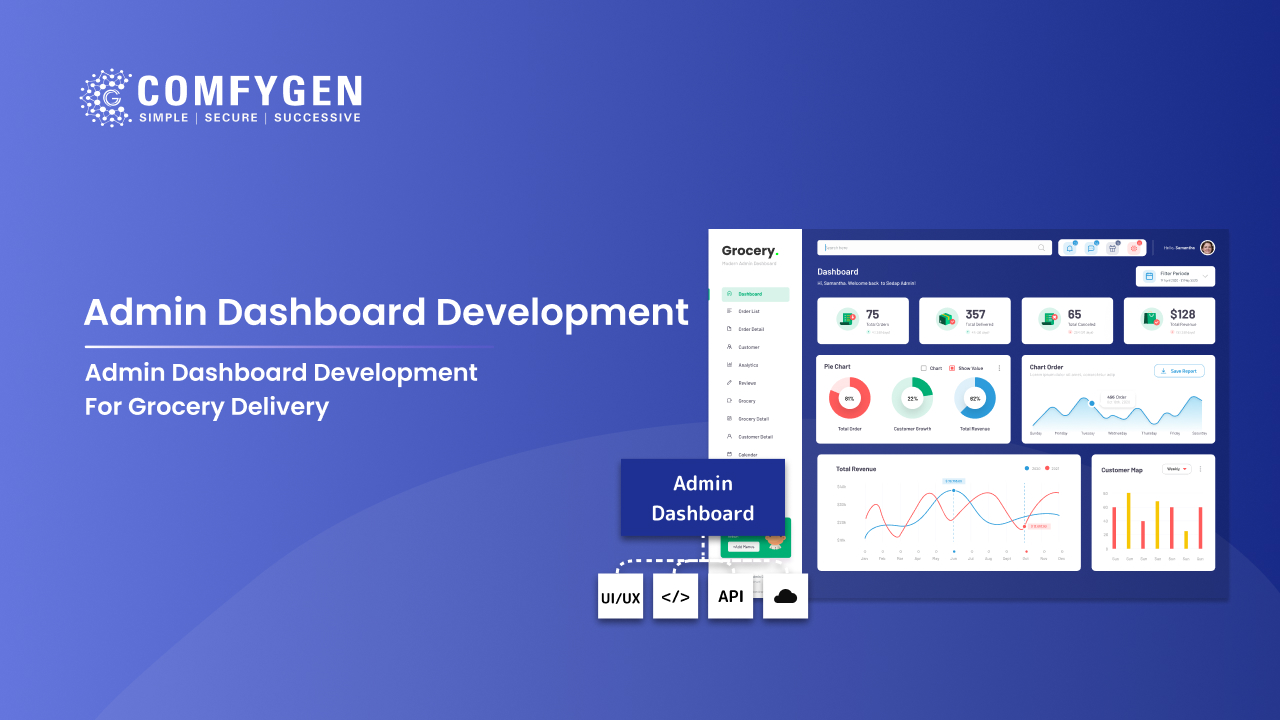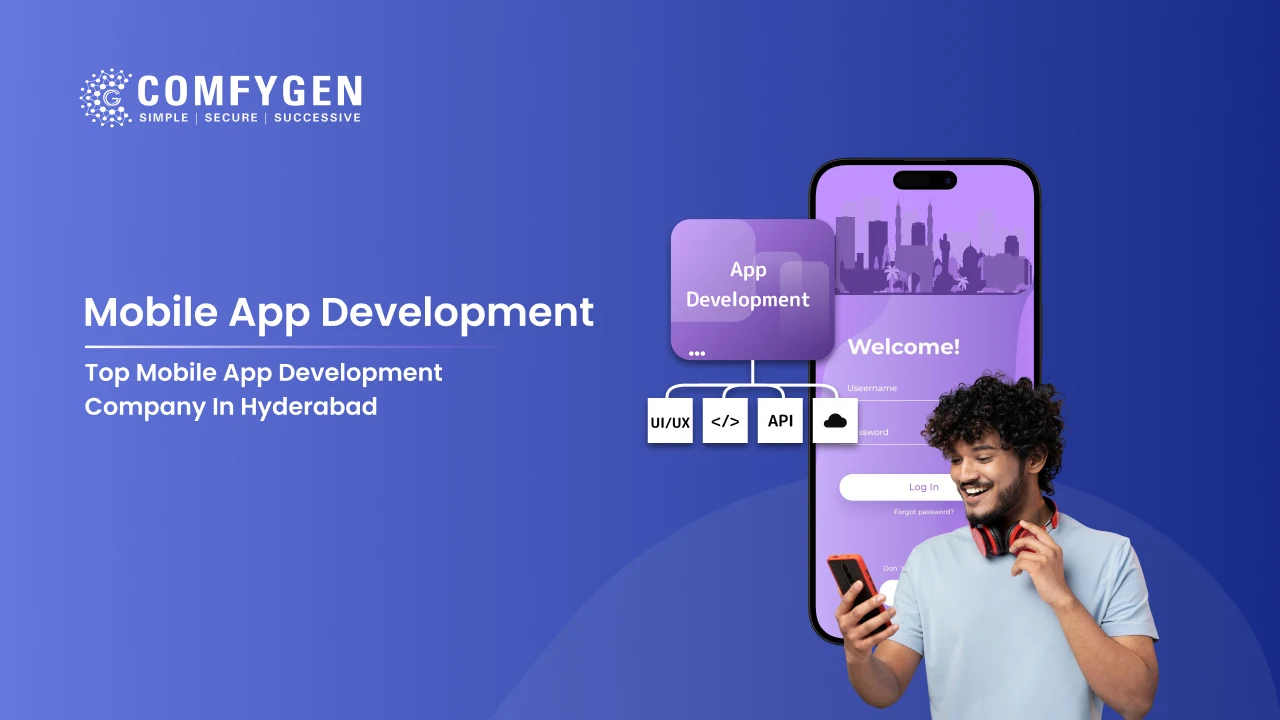React Native vs Kotlin: Cross-Platform App Development 2025
In 2025, the debate between React Native and Kotlin Multiplatform continues to intensify. With businesses racing to launch mobile applications quickly and cost-effectively, choosing the right development technology is a pivotal decision. React Native vs Kotlin both offer unique advantages for cross-platform app development, but they differ significantly in terms of ecosystem, performance, developer experience, cost, and scalability.
This comprehensive blog dives deep into the comparison between React Native vs Kotlin to help startups, CTOs, and enterprises choose the right tech stack for their next mobile app project.
1. Overview: React Native vs Kotlin Multiplatform
React Native is a JavaScript-based open-source UI framework created by Facebook to build natively rendered mobile apps for iOS and Android using a single codebase. It enables code reuse and speeds up development while providing a near-native performance experience.
Kotlin, developed by JetBrains, is a statically typed programming language that runs on the JVM. With Kotlin Multiplatform (KMP), developers can write shared code for Android, iOS, backend, and web apps. In 2025, Kotlin Multiplatform has matured significantly and is gaining traction as a serious alternative for cross-platform development.
Ready to Launch
Your React Native app?
Contact Now
2. Key Differences: Framework vs Language
- React Native is a framework based on JavaScript that allows for cross-platform UI development.
- Kotlin is a language that supports cross-platform development through Kotlin Multiplatform by sharing business logic while enabling platform-specific UI development.
This difference is foundational. If you want a single codebase for both logic and UI, React Native is ideal. For maximum performance and flexibility with shared logic, Kotlin may be better.
3. Comparison Table: Kotlin vs React Native
| Feature | React Native | Kotlin Multiplatform |
|---|---|---|
| Type | Framework | Programming Language |
| Language | JavaScript | Kotlin |
| Creator | Meta (Facebook) | JetBrains |
| First Released | 2015 | 2016 |
| UI Development | Shared | Platform-specific |
| Code Sharing Scope | Full codebase | Business logic only |
| Hot Reload | Supported | Not supported |
| Performance | Near-native | Native |
| Community Support | Large | Growing |
| Learning Curve | Easy with JS knowledge | Easy with Java/Swift knowledge |
| Cost of Development | Lower | Slightly higher |
| Popular Apps | Facebook, Instagram, Uber | Netflix, Slack, Amazon |
4. Core Features Comparison
React Native
- Built on JavaScript/TypeScript
- A large number of pre-built components
- Rich third-party plugin ecosystem
- Hot reloading for faster testing
- Web, Android, and iOS support
Kotlin Multiplatform
- Native performance on Android/iOS
- Code sharing for backend, Android, iOS
- Excellent IDE support via Android Studio
- Interoperable with Java code
- Safe, concise syntax with null safety
5. Use Case Scenarios
- Choose React Native when:
- You want to release your app faster
- You have a small development team
- You need shared UI and business logic
- You’re targeting MVPs or startups
- Choose Kotlin Multiplatform when:
- You need native UI performance
- You’re building complex enterprise apps
- You want better tooling for Android
- You already have a Java/Kotlin codebase
6. Cost of Development
React Native tends to be more cost-effective due to:
- Shared UI and logic
- Faster prototyping
- Abundant open-source libraries
Kotlin’s development cost is higher because:
- Platform-specific UI development is needed
- Smaller talent pool (as of 2025)
However, Kotlin apps may reduce future costs due to:
- Better scalability
- Easier maintenance with type safety and null handling
7. Developer Productivity and Learning Curve
React Native is favored by web developers who are already familiar with JavaScript or React.js. The learning curve is minimal if developers know these technologies.
Kotlin, while relatively new, is easy to learn for those with Java or Swift backgrounds. Its concise syntax and smart compiler improve productivity.
8. Community Support & Ecosystem
React Native’s ecosystem is mature with vast community support, tutorials, forums, and libraries.
Kotlin’s community is growing rapidly with strong backing from Google and JetBrains, especially since the increased adoption of Kotlin Multiplatform in 2025.
9. Performance Benchmarks
Kotlin Multiplatform offers better runtime performance since the business logic runs natively. It eliminates the need for a JavaScript bridge.
React Native, while performant, sometimes struggles with animations, memory handling, and intensive computations due to its JS bridge.
For performance-critical apps, Kotlin is preferred.
10. Security Aspects
Kotlin provides strong safety features like null safety, immutability, and less boilerplate code. It reduces the chance of runtime errors.
React Native relies on JavaScript, which may open doors to injection and runtime issues if not handled properly.
11. Pros and Cons
React Native Pros
- Fast development cycle
- Hot reloading
- Huge community
- One codebase for all platforms
React Native Cons
- Performance limitations
- Native modules sometimes required
- Larger app size
Kotlin Pros
- Native performance
- Interoperable with Java
- Modern syntax and safety features
- Multi-platform logic sharing
Kotlin Cons
- Smaller community
- No shared UI
- More upfront development time
12. Popular Apps Built Using Kotlin and React Native
React Native Apps
- Uber Eats
- Walmart
Kotlin Apps
- Netflix
- Trello
- Slack
- Amazon
13. Kotlin Multiplatform in 2025: What’s New?
- Improved integration with Compose Multiplatform
- Official support for sharing more modules across platforms
- Enhanced Android Studio tooling
- Better coroutine support
- More third-party libraries are being ported
14. React Native in 2025: What’s Improved?
- Support for Fabric architecture and TurboModules
- Optimized startup time
- Hermes JavaScript engine enhancements
- Better navigation libraries and animations
- Integration with Next.js for full-stack apps
15. Which One Should You Choose?
| Requirement | Recommended Technology |
|---|---|
| Fast MVP development | React Native |
| High performance, native feel | Kotlin Multiplatform |
| Web, mobile, and desktop app | React Native |
| Enterprise-level apps with logic reuse | Kotlin Multiplatform |
| Developer availability | React Native |
| Existing Java/Kotlin codebase | Kotlin Multiplatform |
Ready to Launch
Your idea for an App?
Contact Now
16. Final Thoughts
React Native and Kotlin Multiplatform are excellent choices for cross-platform mobile app development in 2025. If your priority is faster time-to-market, code reuse, and strong community support, go for React Native. If you’re targeting native performance, scalability, and Kotlin ecosystem advantages, Kotlin Multiplatform is a smarter investment.
At Comfygen, we specialize in building high-quality, scalable, and robust mobile apps using React Native and Kotlin. Whether you need an MVP or a full-fledged enterprise app, our experts can help you select and implement the best solution for your business goals.
Frequently Asked Questions (FAQs)
What is the main difference between React Native and Kotlin Multiplatform?
Is Kotlin better than React Native for performance?
Which is easier to learn: Kotlin or React Native?
Which is more cost-effective for app development in 2025?
Can Kotlin Multiplatform share UI code across iOS and Android?
What types of apps should use React Native in 2025?

Mr. Saddam Husen, (CTO)
Mr. Saddam Husen, CTO at Comfygen, is a renowned Blockchain expert and IT consultant with extensive experience in blockchain development, crypto wallets, DeFi, ICOs, and smart contracts. Passionate about digital transformation, he helps businesses harness blockchain technology’s potential, driving innovation and enhancing IT infrastructure for global success.

